Hello fellow drone pilots! I hope you’re excited today. I know for many of us, it’s an exhilarating moment whenever our friends at DJI release a new flagship bird. And of course, we’re all thinking: How fast can I get my hands on it? Will I need another mortgage? Will my spouse let me invest in another drone? How will it perform? Is it worth the upgrade?
Today, I want to talk about how much our lives change when we enter the drone world.
Are you just a hobbyist? An amateur who flies to release the pressure of daily life? Or perhaps your world revolves around drones—having them for breakfast, lunch, and dinner?
Are they part of your expenses, making it painful when a new one is released, or are they the bread-providers in your home? Did you wait in line to get the newest model, or did it arrive in an unmarked box at your doorstep weeks before release?
For me and those around me, drones have become an integral part of life. My first drone arrived as a tool—I had been a photographer for more than 15 years at that point, and having a camera with wings was a tremendous asset. Of course, I’ve also owned drones purely for fun, like various FPVs and the first Mavic Mini.
That little drone was a blast to fly! Similarly, the multiple Tellos, the Avata, the Mini 3—each brought their own excitement. The Avata was intimidating at first, but eventually, when my legs stopped shaking, it became an unforgettable experience. The results when flying manual are truly eye candy when viewed later on your computer.

But really, how has drone flying changed your life?
I started flying at a not-so-young age (35) when I was already a father of two. You know what? My drone flying has taught me several important lessons that translate perfectly to life:
1. Know Your Distance Limits
If you’re used to flying a Mini 4 or Air 3, you know you can go FAR. When flying in places with interference and obstacles, you feel confident because you KNOW your transmission system can handle it. But try doing the same with an original Mavic Air or the first Mavic Pro… you’ll feel the difference.
Life works the same way. You should know what challenges you can tackle and what you can handle. Remember: unlike drones, humans don’t have an automatic Return-to-Home system!
I recall going jogging one day and instead of my usual 8K, I felt good and pushed to 16K… my body made me pay for that decision for at least two months. Just like with drones, you need to know how far you can safely go.
2. Recharge Your Batteries to 100%
We typically put tremendous effort and intensity into pursuing goals, but when we stop at night to recharge our batteries for another day… do we truly rest with the same intentionality that we work? Or do we just collapse, only to struggle through the next day? Would you put your drone batteries on charge while they’re still hot and expect optimal results?

Just like our drones, our bodies and minds can’t simply “go to sleep” and expect that to be sufficient for tomorrow’s challenges. Physical rest alone isn’t enough.

Maybe flying drones is just a hobby for you. Maybe it’s your profession.
Either way, when was the last time you took some genuine time for yourself? When did you last buy an ice cream just to enjoy it alone, without external noise or distractions?

3. If the Winds Are Against You, You Can Always Try Tomorrow
Have you ever attempted to fly in strong winds? I have—twice. Both times, I nearly lost my drones. There’s an appropriate time for everything we need to do in life. Of course, actively seeking opportunities increases our chances, but sometimes, for self-preservation, it’s necessary to take a step back. This principle applies broadly to life.

Not every day will be “the day.” And it’s perfectly acceptable to land and try again tomorrow.
Please, go enjoy that ice cream. And let me know how it went.
Discover more from DroneXL.co
Subscribe to get the latest posts sent to your email.
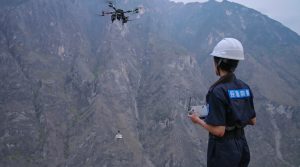

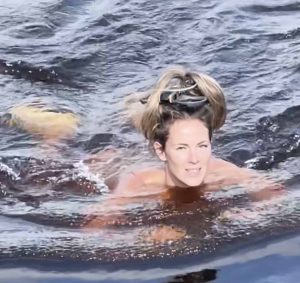
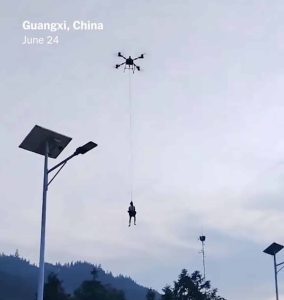
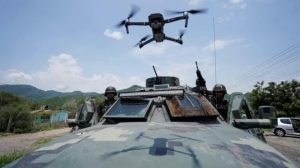

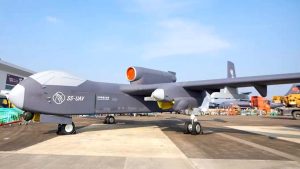
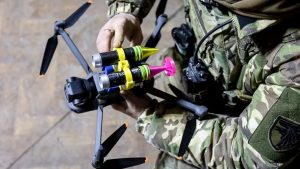


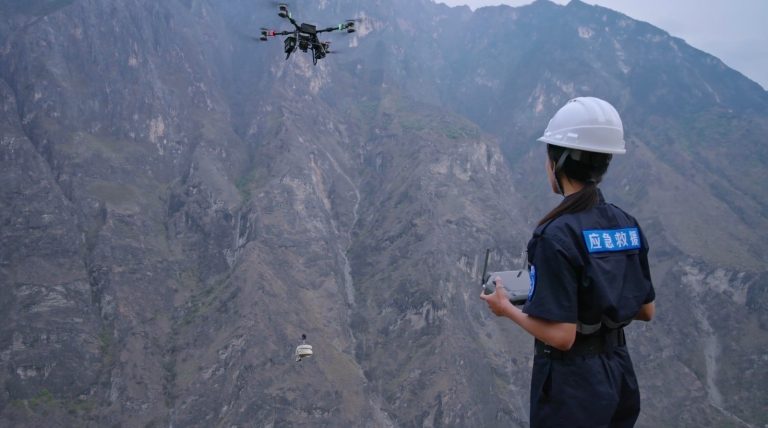
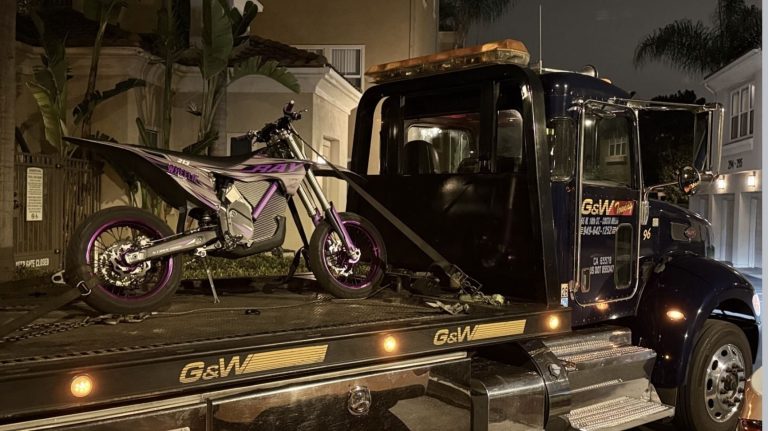
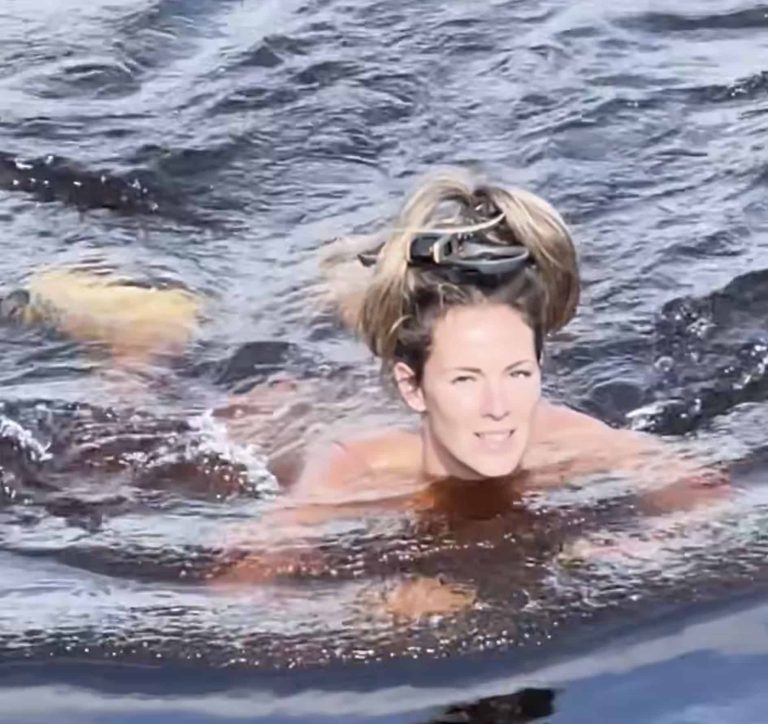
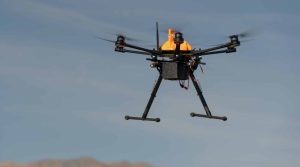
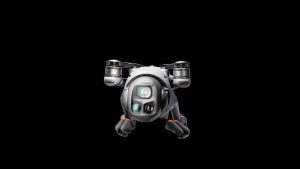
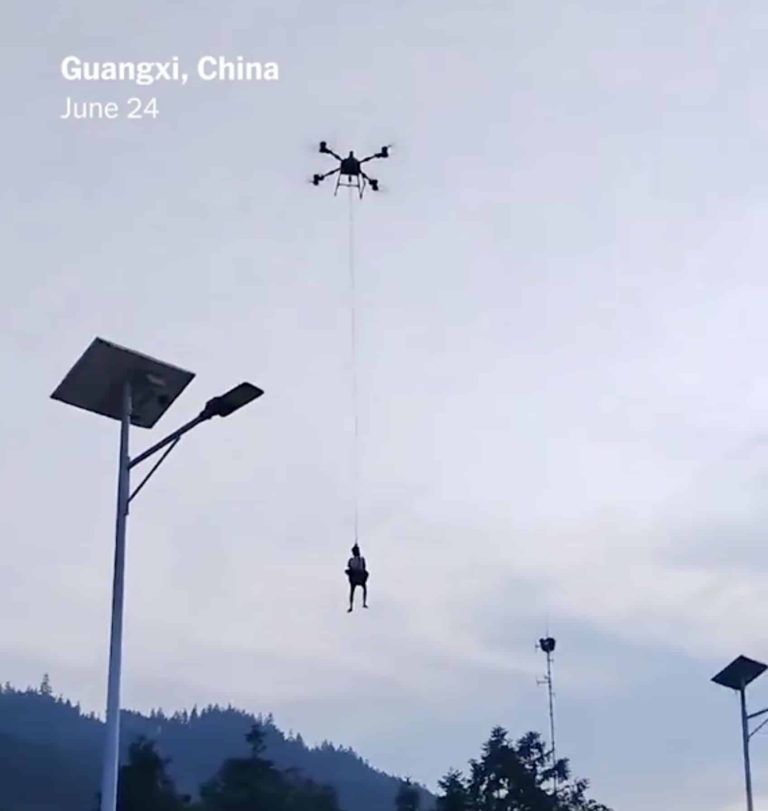
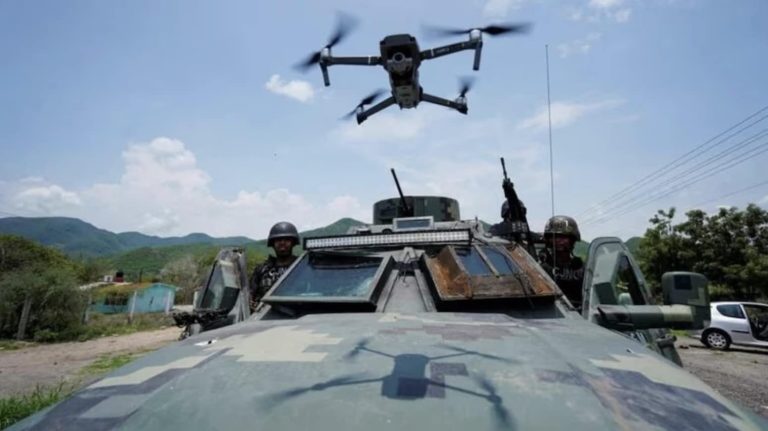

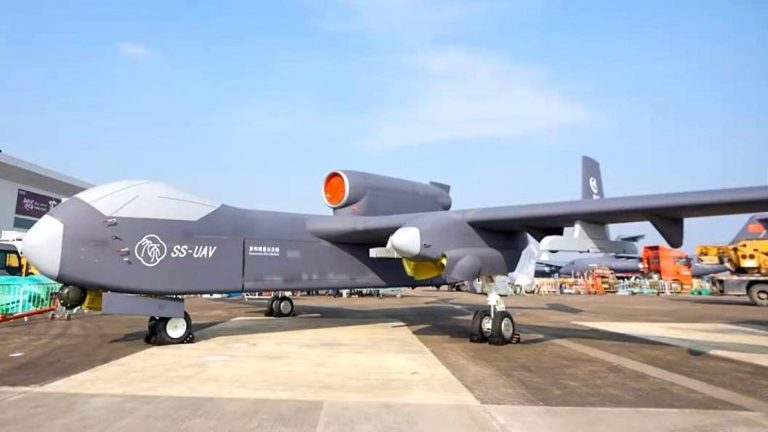

+ There are no comments
Add yours